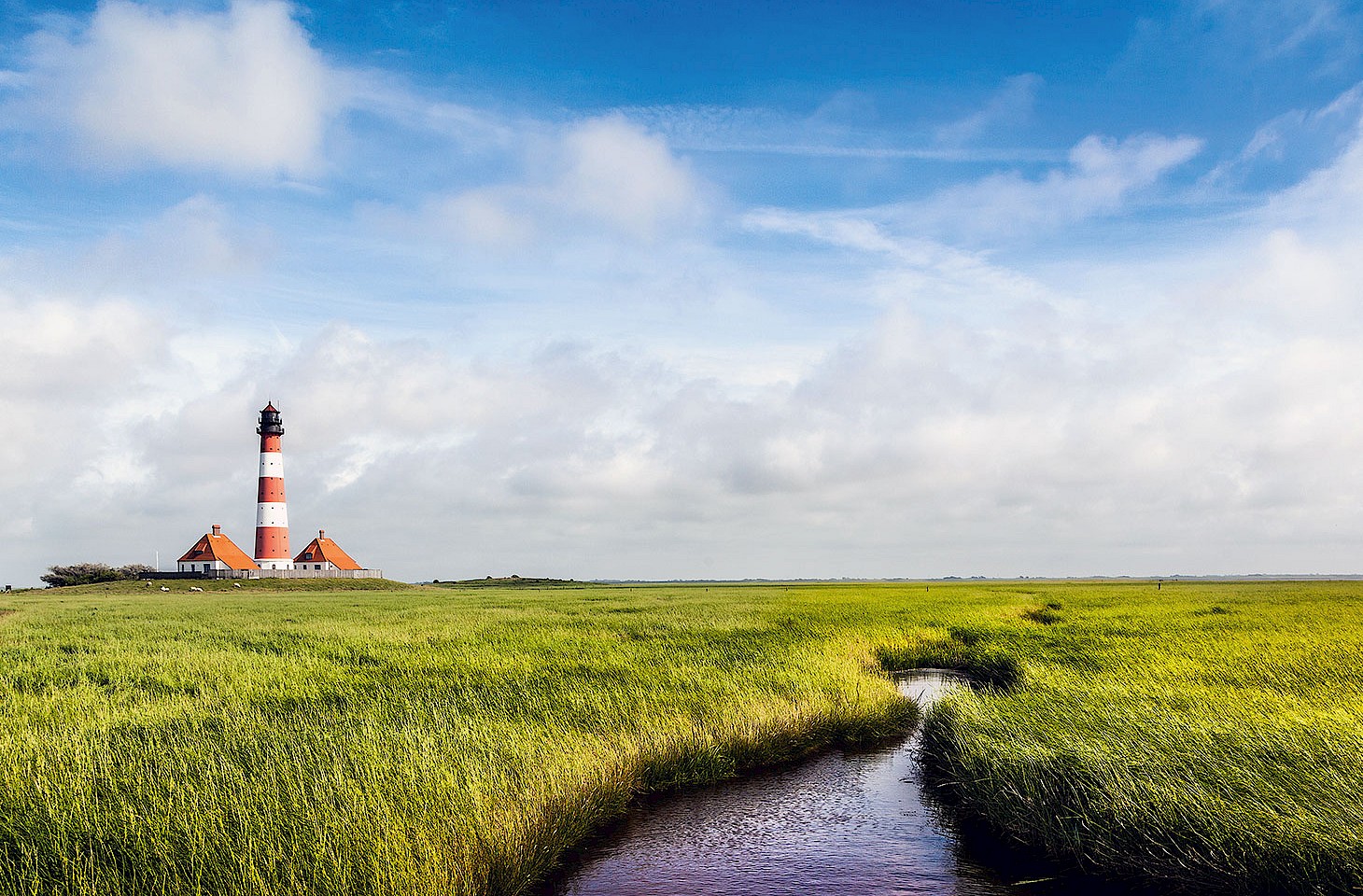The mere mention of Ukraine will conjure up a predictable medley of images for many readers outside the country. Slightly murky politics, much enlivened by Yulia Tymoshenko until she was recently confined to prison. Throw in the endemic tensions between those factions who advocate a closer association with the European Union and others more inclined to preserve historic links with Russia and you have a potent mix. Yet Ukraine, twice the size of Poland or Italy, remains largely terra incognita to many west Europeans.
The capital Kyiv, with its distinctive onion-domed churches has been captured in a thousand media images. More adventurous travellers might venture east to the Crimea, a rough diamond of land which dangles in the northern Black Sea, while a few know Lviv, close to the Polish border — a pristine mitteleuropa city that, with some better marketing, could so easily give Kraków a run for its money.
Ukrainians will often tell you that the true soul of their country lies in the hills of western Ukraine, most particularly in mountainous Transcarpathia close to the Slovak and Hungarian borders. This is a region where Ukrainian culture and language have thrived best, less adulterated and dominated by the Russian influences that predominate in the south and east of this sprawling land. Even in the west, there are still influences from abroad. Lviv, at one time part of Galicia, was for centuries a Polish city. Places like Uzhgorod in Transcarpathia have roots as strong in Magyar tradition as they are in Ukrainian.
Ukraine as it exists today has long sustained cultural diffusion along all of its western borders and it has always been a two-way process. South of Galicia and east of Transcarpathia lies Bukovina, a relatively homogenous region that straddles the border across into northeast Romania — a soft rustic landscape of beech woodland, fertile farmland and deep valleys that shelter some quite exquisite Orthodox monasteries in the Romanian part (featured in hidden europe 30). On the Ukrainian side of the border, on the south bank of the Prut River, a tributary of the Danube, you will find Chernivtsi, the capital of Bukovina.


